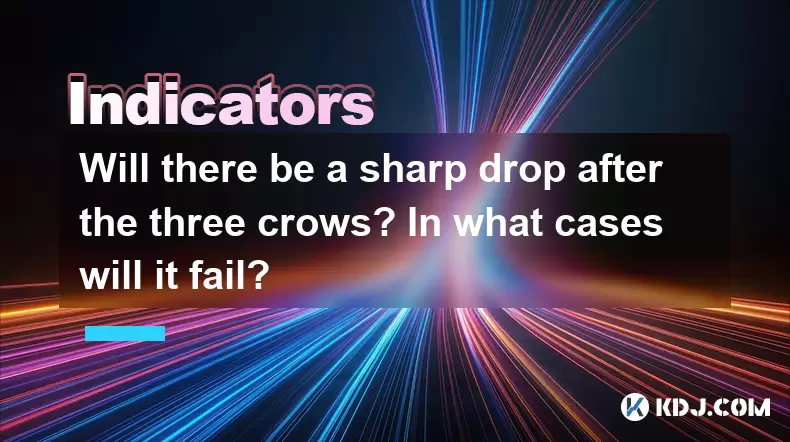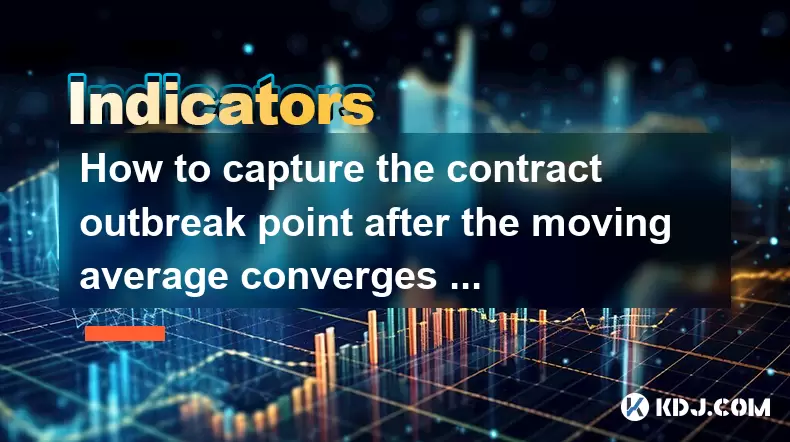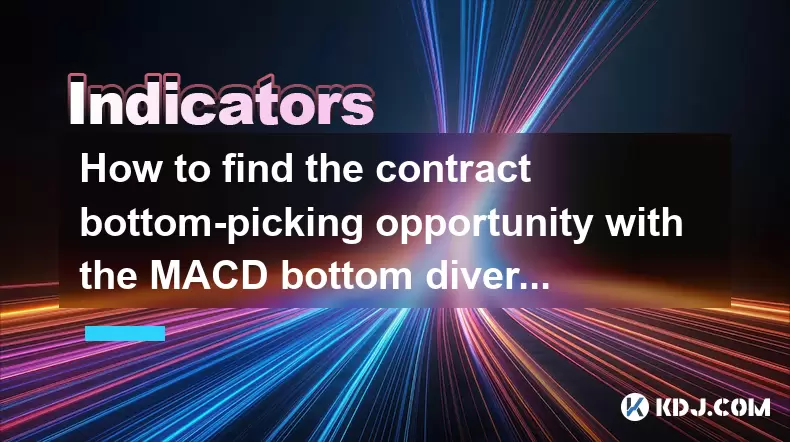-
 Bitcoin
Bitcoin $106,754.6083
1.33% -
 Ethereum
Ethereum $2,625.8249
3.80% -
 Tether USDt
Tether USDt $1.0001
-0.03% -
 XRP
XRP $2.1891
1.67% -
 BNB
BNB $654.5220
0.66% -
 Solana
Solana $156.9428
7.28% -
 USDC
USDC $0.9998
0.00% -
 Dogecoin
Dogecoin $0.1780
1.14% -
 TRON
TRON $0.2706
-0.16% -
 Cardano
Cardano $0.6470
2.77% -
 Hyperliquid
Hyperliquid $44.6467
10.24% -
 Sui
Sui $3.1128
3.86% -
 Bitcoin Cash
Bitcoin Cash $455.7646
3.00% -
 Chainlink
Chainlink $13.6858
4.08% -
 UNUS SED LEO
UNUS SED LEO $9.2682
0.21% -
 Avalanche
Avalanche $19.7433
3.79% -
 Stellar
Stellar $0.2616
1.64% -
 Toncoin
Toncoin $3.0222
2.19% -
 Shiba Inu
Shiba Inu $0.0...01220
1.49% -
 Hedera
Hedera $0.1580
2.75% -
 Litecoin
Litecoin $87.4964
2.29% -
 Polkadot
Polkadot $3.8958
3.05% -
 Ethena USDe
Ethena USDe $1.0000
-0.04% -
 Monero
Monero $317.2263
0.26% -
 Bitget Token
Bitget Token $4.5985
1.68% -
 Dai
Dai $0.9999
0.00% -
 Pepe
Pepe $0.0...01140
2.44% -
 Uniswap
Uniswap $7.6065
5.29% -
 Pi
Pi $0.6042
-2.00% -
 Aave
Aave $289.6343
6.02%
Will there be a sharp drop after the three crows? In what cases will it fail?
The three crows pattern in crypto trading signals a potential bearish reversal, especially when confirmed by volume and key technical levels.
Jun 18, 2025 at 10:21 am

Understanding the Three Crows Pattern in Cryptocurrency Trading
The three crows pattern is a well-known technical analysis indicator used by traders to predict potential reversals in price trends. In the context of cryptocurrency trading, this candlestick pattern typically signals a bearish reversal following an uptrend. It consists of three consecutive long-bodied bearish candles that open within the range of the previous candle and close lower than the previous candle.
In crypto markets, which are highly volatile and sentiment-driven, recognizing such patterns can provide insights into possible price movements. However, relying solely on this pattern without considering other factors can lead to misinterpretation. The key elements of the three crows include:
- Each candle must close progressively lower.
- Shadows (wicks) should be relatively short.
- Volume during these candles may increase, reinforcing the bearish momentum.
Historical Performance of the Three Crows in Crypto Markets
Analyzing past data from major cryptocurrencies like Bitcoin, Ethereum, and Binance Coin reveals that the three crows pattern has often preceded sharp corrections or bearish phases. For instance, during early 2021, Bitcoin formed a clear three crows pattern before a significant pullback from its all-time high.
However, it's crucial to understand that not every occurrence leads to a sharp drop. Some instances show only minor retracements or even continuation of the bullish trend. Therefore, historical performance suggests that while the pattern increases the probability of a downturn, it doesn’t guarantee one.
Additionally, altcoins tend to react differently compared to large-cap cryptocurrencies. Smaller market cap coins might exhibit exaggerated responses due to lower liquidity and higher volatility. Hence, traders should assess the asset being traded before making assumptions based solely on the pattern.
Conditions That Invalidate the Three Crows Signal
There are several scenarios where the three crows pattern fails to produce a bearish outcome. One common case is when the pattern appears at a key support level. If the price reaches a historically strong support zone, buyers may step in, nullifying the bearish signal.
Another scenario involves positive fundamental news breaking after the formation of the pattern. For example, if a cryptocurrency announces a major partnership or adoption event, it could reverse the expected downtrend regardless of technical indicators.
Moreover, if volume declines during the formation of the three crows, it indicates weak selling pressure. A low-volume bearish pattern is generally less reliable and often results in false signals. Traders should cross-check with other tools like moving averages or RSI for confirmation.
Lastly, the presence of bullish divergence on oscillators like MACD or Stochastic can also invalidate the bearish implication of the three crows.
Combining the Three Crows with Other Technical Tools
To enhance the reliability of the three crows pattern, traders often combine it with additional technical indicators. One effective method is to look for confluence with moving average crossovers. If the 50-period moving average crosses below the 200-period moving average (a death cross), and the three crows form simultaneously, the likelihood of a sharp drop increases significantly.
Another useful tool is the Relative Strength Index (RSI). If the RSI breaks below the 50 level after forming the three crows, it confirms weakening momentum. Similarly, using Fibonacci retracement levels can help determine whether the pattern occurs near a critical retracement zone, offering more context on potential price action.
Volume analysis plays a pivotal role as well. A spike in volume during the third crow suggests strong seller dominance, increasing the chance of a continued downtrend. Conversely, shrinking volume may indicate hesitation among sellers and potential reversal.
Lastly, monitoring order flow and limit orders around the area of the pattern can reveal hidden buying interest that might prevent a sharp decline.
How to Trade the Three Crows in Cryptocurrency Markets
Trading the three crows requires a structured approach to maximize profit while managing risk effectively. Here’s a detailed breakdown:
- Identify the Pattern Accurately: Ensure the structure follows the textbook definition—three red candles with minimal wicks, each closing lower than the previous.
- Confirm with Volume: Check if volume increases during the pattern formation, especially on the last candle.
- Check for Confluence: Look for alignment with key resistance levels, Fibonacci zones, or moving average crossovers.
- Place Entry Orders: Enter a short position after the third candle closes, ideally with a stop-loss placed above the high of the first candle.
- Set Take-Profit Levels: Use the Average True Range (ATR) or prior swing lows to determine realistic targets.
- Use Trailing Stop-Loss: As the price moves in your favor, trail your stop-loss to lock in profits and reduce risk exposure.
Traders should also monitor news events and macroeconomic developments that could interfere with the trade setup. Avoid entering trades right before major announcements or scheduled events like Federal Reserve meetings or crypto-related regulatory updates.
Frequently Asked Questions
What timeframes work best for identifying the three crows?
The three crows pattern is most reliable on higher timeframes such as the 4-hour or daily charts. These timeframes filter out noise and offer stronger signals compared to shorter intervals like 15-minute or 1-hour charts.
Can the three crows appear during a downtrend?
Yes, but in that case, it usually signifies a continuation rather than a reversal. When seen mid-downtrend, it may indicate renewed selling pressure rather than a new bearish move.
Is the three crows pattern exclusive to cryptocurrencies?
No, it’s a universal candlestick pattern applicable across financial markets including forex, stocks, and commodities. However, its effectiveness varies depending on market volatility and liquidity conditions.
How often does the three crows fail in crypto markets?
Based on historical data and backtesting, the failure rate can range between 30% to 40%, especially in choppy or sideways markets. Proper risk management and confluence checks are essential to mitigate losses from failed setups.
Disclaimer:info@kdj.com
The information provided is not trading advice. kdj.com does not assume any responsibility for any investments made based on the information provided in this article. Cryptocurrencies are highly volatile and it is highly recommended that you invest with caution after thorough research!
If you believe that the content used on this website infringes your copyright, please contact us immediately (info@kdj.com) and we will delete it promptly.
- KuCoin Lists Namada (NAM) with Token Reward GemPool: A Deep Dive
- 2025-06-19 14:25:12
- Laser Drivers, Coin Cells, and Rangefinders: A New Era of Compact Power
- 2025-06-19 14:44:15
- Crypto Updates: FxWirePro's Key Insights into Tokenization and Regulation
- 2025-06-19 15:05:13
- XRP Market: Still Early Days for Crypto Investors?
- 2025-06-19 14:50:13
- XRP Price: Will History Repeat Itself with Another Rally?
- 2025-06-19 15:10:15
- Bitcoin ETFs, Inflows, and the Middle East: Navigating Geopolitical Tensions
- 2025-06-19 15:10:15
Related knowledge

How does the long lower shadow of the K line indicate the formation of the bottom of the contract?
Jun 19,2025 at 05:00am
Understanding the Long Lower Shadow in K-Line AnalysisIn cryptocurrency trading, K-line analysis plays a pivotal role in determining market sentiment and potential price reversals. A long lower shadow, also known as a long wick, is one of the most telling candlestick patterns that traders look for when assessing whether a bottom might be forming in a co...

How to capture the contract outbreak point after the moving average converges and diverges?
Jun 19,2025 at 02:07pm
Understanding Moving Average Convergence and Divergence in Crypto TradingIn cryptocurrency trading, moving averages are among the most widely used technical indicators. The concept of convergence and divergence refers to how different moving averages align or separate over time. When short-term and long-term moving averages come together (converge), it ...

How to find the contract bottom-picking opportunity with the MACD bottom divergence?
Jun 19,2025 at 02:28pm
Understanding MACD Bottom Divergence in Cryptocurrency TradingMACD (Moving Average Convergence Divergence) is a widely used technical analysis tool that helps traders identify potential reversals in price trends. Bottom divergence, specifically, occurs when the price of an asset makes a new low, but the MACD indicator does not confirm this by making a c...

How to use the DEMARK indicator to predict the high and low points of the contract?
Jun 19,2025 at 04:21am
What Is the DEMARK Indicator?The DEMARK indicator is a technical analysis tool developed by Tom DeMark, aimed at identifying price exhaustion points in financial markets. It helps traders anticipate potential reversal zones, especially in volatile environments such as cryptocurrency contracts. The indicator works by detecting specific patterns and seque...

Why does the contract sometimes not fall after the moving average crosses?
Jun 18,2025 at 08:50pm
Understanding Moving Averages in Cryptocurrency TradingIn the realm of cryptocurrency trading, moving averages are among the most widely used technical indicators. They help traders identify potential trends by smoothing out price data over a specified period. The two primary types are the Simple Moving Average (SMA) and the Exponential Moving Average (...

How to predict the acceleration of contract market by the change of moving average slope?
Jun 18,2025 at 05:43pm
Understanding the Moving Average in Cryptocurrency TradingIn cryptocurrency trading, moving average (MA) is a fundamental technical indicator used to analyze price trends. It smooths out price data over a specific period, helping traders identify potential trend directions and momentum shifts. The slope of a moving average line reflects how quickly pric...

How does the long lower shadow of the K line indicate the formation of the bottom of the contract?
Jun 19,2025 at 05:00am
Understanding the Long Lower Shadow in K-Line AnalysisIn cryptocurrency trading, K-line analysis plays a pivotal role in determining market sentiment and potential price reversals. A long lower shadow, also known as a long wick, is one of the most telling candlestick patterns that traders look for when assessing whether a bottom might be forming in a co...

How to capture the contract outbreak point after the moving average converges and diverges?
Jun 19,2025 at 02:07pm
Understanding Moving Average Convergence and Divergence in Crypto TradingIn cryptocurrency trading, moving averages are among the most widely used technical indicators. The concept of convergence and divergence refers to how different moving averages align or separate over time. When short-term and long-term moving averages come together (converge), it ...

How to find the contract bottom-picking opportunity with the MACD bottom divergence?
Jun 19,2025 at 02:28pm
Understanding MACD Bottom Divergence in Cryptocurrency TradingMACD (Moving Average Convergence Divergence) is a widely used technical analysis tool that helps traders identify potential reversals in price trends. Bottom divergence, specifically, occurs when the price of an asset makes a new low, but the MACD indicator does not confirm this by making a c...

How to use the DEMARK indicator to predict the high and low points of the contract?
Jun 19,2025 at 04:21am
What Is the DEMARK Indicator?The DEMARK indicator is a technical analysis tool developed by Tom DeMark, aimed at identifying price exhaustion points in financial markets. It helps traders anticipate potential reversal zones, especially in volatile environments such as cryptocurrency contracts. The indicator works by detecting specific patterns and seque...

Why does the contract sometimes not fall after the moving average crosses?
Jun 18,2025 at 08:50pm
Understanding Moving Averages in Cryptocurrency TradingIn the realm of cryptocurrency trading, moving averages are among the most widely used technical indicators. They help traders identify potential trends by smoothing out price data over a specified period. The two primary types are the Simple Moving Average (SMA) and the Exponential Moving Average (...

How to predict the acceleration of contract market by the change of moving average slope?
Jun 18,2025 at 05:43pm
Understanding the Moving Average in Cryptocurrency TradingIn cryptocurrency trading, moving average (MA) is a fundamental technical indicator used to analyze price trends. It smooths out price data over a specific period, helping traders identify potential trend directions and momentum shifts. The slope of a moving average line reflects how quickly pric...
See all articles

























































































